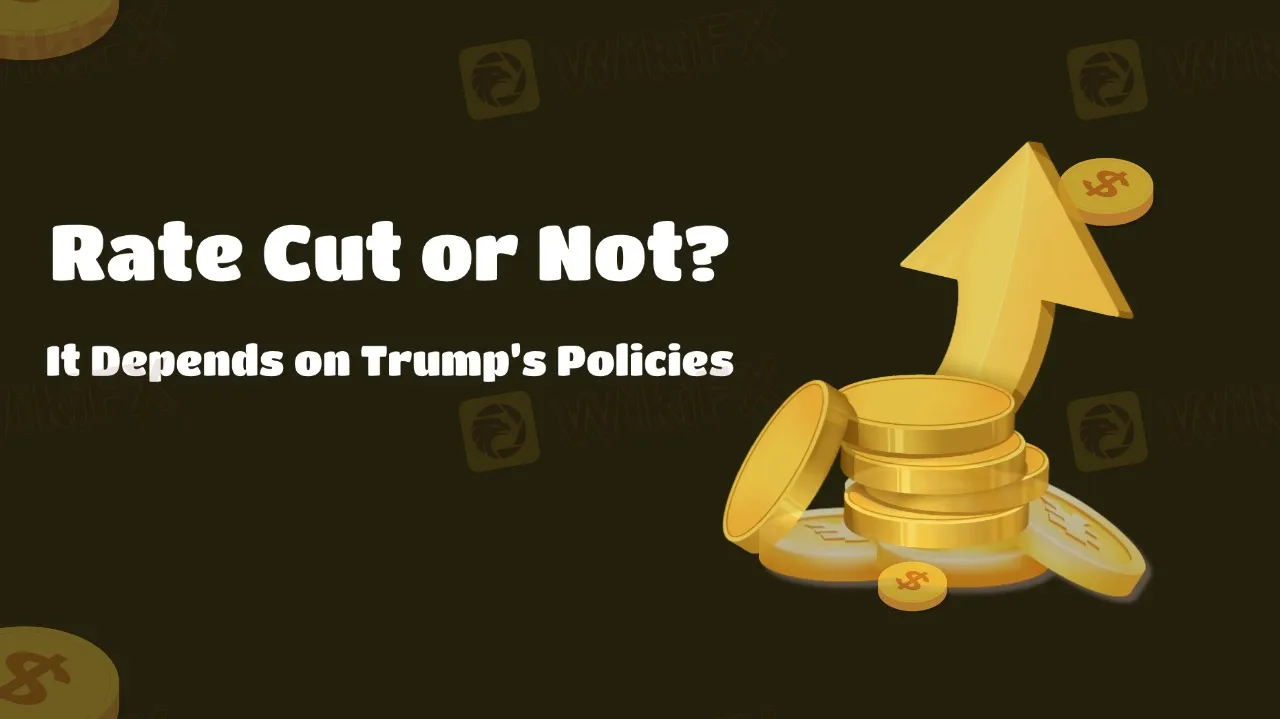简体中文
繁體中文
English
Pусский
日本語
ภาษาไทย
Tiếng Việt
Bahasa Indonesia
Español
हिन्दी
Filippiiniläinen
Français
Deutsch
Português
Türkçe
한국어
العربية
Rate Cut or Not? It Depends on Trump’s Policies
Abstract:The Federal Reserve's latest meeting minutes suggest that the decision on whether to move forward with rate cuts depends on the availability of reliable inflation data and the subsequent policies of President Trump.

According to the minutes of the January meeting released this Wednesday, the Federal Open Market Committee (FOMC) unanimously decided to maintain the current benchmark interest rate. Prior to this, President Trump had implemented a series of tariff policies and, in recent days, threatened to expand these tariffs further.
In a conversation with reporters on Tuesday, Trump revealed that he is considering imposing a 25% tariff on the automotive, pharmaceutical, and semiconductor industries, with plans to accelerate the implementation throughout this year. Although specific details were not disclosed, these measures are likely to usher in a new phase for U.S. trade policy and could further increase prices, particularly as inflation has eased somewhat but still remains above the Fed's 2% target.

The minutes also indicated that during the discussions, FOMC members specifically addressed the potential impacts of the Trump administration's policies, particularly regarding tariffs and the possible effects of reducing regulations and taxes. The committee noted that current monetary policy is relatively more accommodative compared to before the rate cuts, and the policy environment is no longer as tight. This gives the committee more time to assess the economic situation before taking further action.
The participants generally agreed that the current policy stance provides time to evaluate the outlook for economic activity, the labor market, and inflation. The majority of members believe that while the current stance remains somewhat tight, it is still relatively accommodative. However, they expressed concerns about fiscal policy changes potentially keeping inflation above the Fed's target range for an extended period.
Disclaimer:
The views in this article only represent the author's personal views, and do not constitute investment advice on this platform. This platform does not guarantee the accuracy, completeness and timeliness of the information in the article, and will not be liable for any loss caused by the use of or reliance on the information in the article.
Read more

Nonfarm Data Lifts Market Sentiment, U.S. Stocks Rebound Strongly
U.S. nonfarm payrolls for May slightly exceeded expectations, stabilizing investor sentiment and easing fears of a hard landing. This upbeat data sent U.S. equities broadly higher, led by tech stocks, with the Dow and S&P 500 posting significant gains. However, behind the optimism lies a fresh round of market debate over the Federal Reserve’s rate path, with uncertainty around inflation and interest rates remaining a key risk ahead.

OctaFX Flagged by Malaysian Authorities
OctaFX has been officially listed on warning lists by both Bank Negara Malaysia (BNM) and the Securities Commission Malaysia (SC). These alerts raise serious concerns about the broker’s status and whether it is legally allowed to operate in Malaysia.

TradingPRO: A Closer Look at Its Licences
In an industry where safety and transparency are essential, the regulatory status of online brokers has never been more important. For traders seeking to protect their capital, ensuring that a platform operates under recognised and stringent oversight can make all the difference. Keep reading to learn more about TradingPRO and its licenses.

Oil Price Breakout Incoming? Investors Should Stay Alert
Oil prices are hovering around a critical level, with potential yet to be fully unleashed. Investors must prepare for sudden changes.
WikiFX Broker
Latest News
IronFX Broker Review 2025: A Comprehensive Analysis of Trustworthiness and Performance
OctaFX Flagged by Malaysian Authorities
Nonfarm Data Lifts Market Sentiment, U.S. Stocks Rebound Strongly
Why Your Worst Enemy in Trading Might Be You
Errante Broker Review
Currency Calculator


